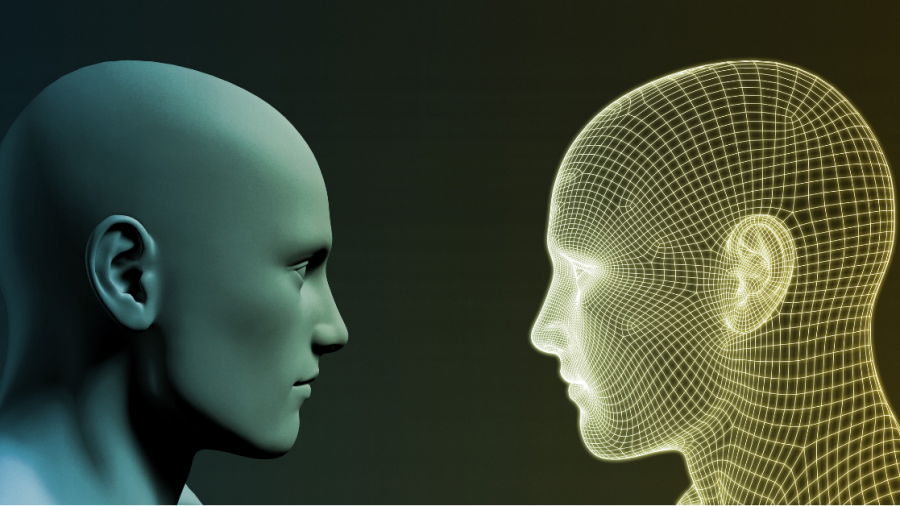Next time you turn on the car ignition, ask yourself how many thousands of times you have driven it and not crashed. Nearly all drivers get home safely nearly all the time. So it’s outrageous to claim autonomous vehicles will be better drivers than humans.
Dramatic and unproven claims
The official position on autonomous vehicles is dramatic and unproven. It says too many humans are dying on the roads. Machines are better drivers than humans. So when machines do the driving, nobody will die or be injured on the roads again.
We know people are dying on NSW roads. Centre for Road Safety publishes a sobering count each day of lives lost.
In 2018 so far, 298 people have died, compared to 300 at this time last year. In the last 12 months, there were 387 deaths, 24 more than in the previous 12 months. Serious injuries are down 777, but it takes time for these figures to be reported.
Meanwhile, Australia’s road toll is still higher than the 2020 target. Our road stats are troubling compared to arbitrary targets set by government. But they ignore the fact most people drove safely and got nothing more than the occasional, unwelcome traffic infringement.
Statistics tell a story
Comparing the abilities of human drivers with machines is like comparing apples with oranges.
Statistics don’t tell us machines are better drivers than humans. Data show 90% of crashes involve some kind of human error. So the argument is we need to get humans out of the driving seat. But who is to say 90% of crashes won’t involve some kind of machine error?
It’s far too early to judge machines that are still so crude and untested. The death of a Tesla Model X driver prompted the usual spate of denials – not Tesla’s fault, not the fault of third party technology. Phew, machines are better drivers than humans.
Following the Uber crash, some people may have thought testing of AVs might ease off. Instead they say the tragedy proves AV technology works “to some degree”. Funnily enough, human drivers work a bit better than that.
Statisticians say you can’t determine a crash rate without first knowing how many non-collisions happen. Unfortunately, we tend not to notice these. One US academic at University of Central Florida suggests the chances of a human driver having a crash, compared to not having a crash, could be one in a billion. You have to measure how many times in the year you did not have a crash, compared to how many cars you could have crashed with, and how long you spent driving on the roads.
Test under normal conditions
Another difficulty is the way we test these vehicles. The NSW government and Transurban announced a trial of AVs on some of Sydney’s major toll roads. These include the Eastern Distributor, Lane Cove tunnel, Hills M2 Motorway, Westlink M7, M5, Sydney Harbour Bridge and Sydney Harbour Tunnel.
We cannot compare AVs with humans unless we test them under the usual, everyday, hazardous driving conditions. But researchers have to test AVs in easy, straight, fair weather conditions when humans would be driving equally as well.
How would AVs handle pouring rain, dirt roads, steep slopes, or pedestrians who suddenly decide to cross the road at twilight?
There is just not enough time to test them as thoroughly as human-driven cars have been.
Cope with the unexpected
A true test of how well AVs drive is to measure how well they cope with the unexpected. Driving is rife with the unexpected. Machines have to use complex probability to predict whether or not something might happen. But humans have their own wide and deep experiences and natural instincts to rely on.
Humans have relatively little trouble dealing with sudden hazards once they clock up some driving experience. They can anticipate trouble as well as handle it in the heart-stopping moment. They can also make ethical choices, such as self-preservation, which are very tricky for a machine with no kids at home.
There is much more to driving a car than knowing how to operate a machine. So far AVs are just machines learning how to operate themselves. Humans can operate machines and manage the mind-boggling complexity of just being alive.
Are machines better drivers than humans? At best, it is too soon to tell and at worst, it undermines our extraordinary human abilities. Making extravagant claims for safety is an overstatement of some (very thin) facts.
In fact, nobody knows and insurers, the risk experts, have no idea either.


your opinion matters: